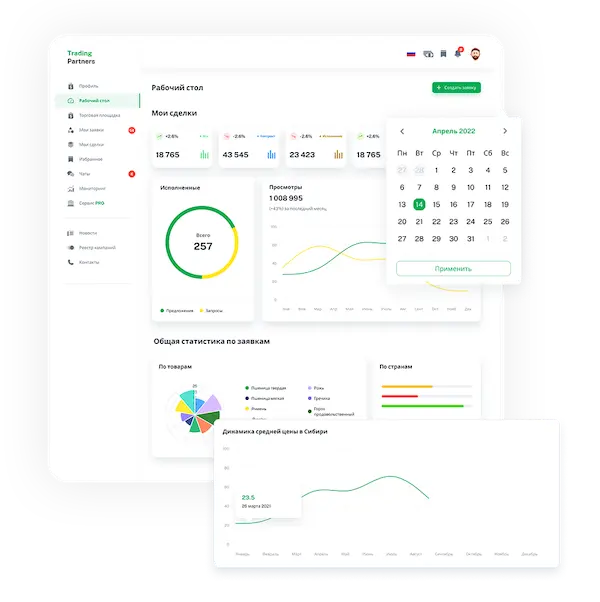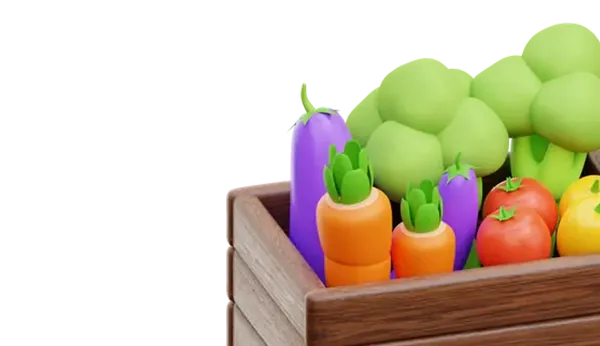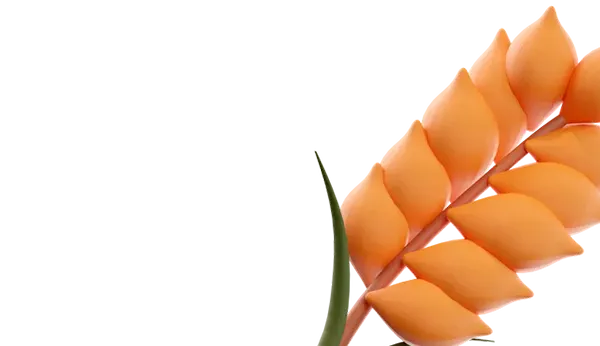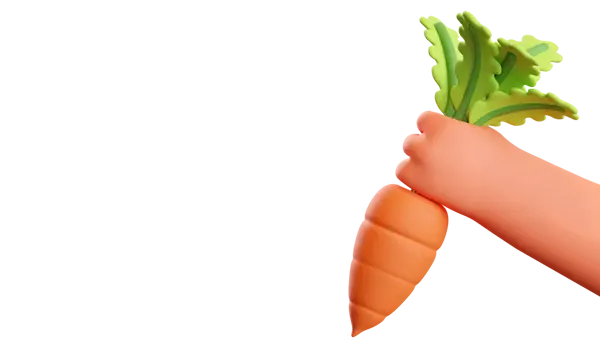|
In November 2024, the average level of the FAO Food Price Index (FPI) reached 127.5 points, exceeding its October value by 0.5%. This indicator hit its highest point since April 2023. The rise in the FPI was driven by increased prices for dairy products and vegetable oils, outweighing the overall decline in meat, grains, and sugar prices. Compared to previous periods, the FPI in November was 5.7% higher than its value a year ago, but 20.4% lower than its peak of 160.2 points reached in March 2022. The average level of the FAO Sugar Price Index in November was 126.4 points, which is 3.1 points (2.4%) lower than October, following two months of growth. This value was a significant 35.0 points (21.7%) lower than a year ago. The November decline was a result of the start of sugar processing in India and Thailand, as well as reduced concerns about the future harvest in Brazil. Increased rainfall in key southern regions of Brazilian agriculture disrupted the harvest schedule last month but helped replenish soil moisture, which is beneficial for the upcoming harvest after a long period of dry weather. Additionally, the weakening of the Brazilian real against the US dollar and the decline in global oil prices also contributed to the decrease in world sugar prices. |
|
Trading platform

 Trading platform
Trading platform 
 Monitoring
Monitoring  Express applications
Express applications 
 Fork Work
Fork Work 
 Service
Service  News
News  Directory
Directory 













